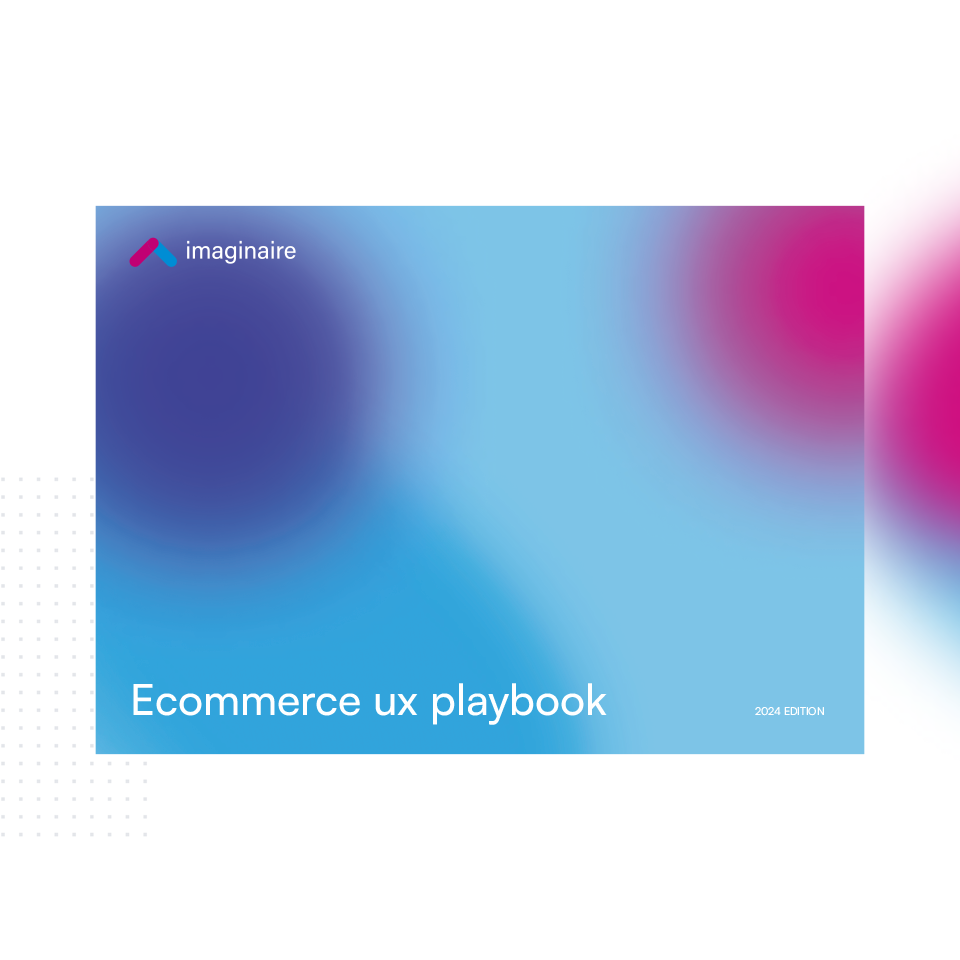Table of Contents
The AIDA model is, in my opinion, the most well-known marketing model amongst people who do not work in the marketing space of all the classic marketing models. Many marketers, including myself and the wider team at Imaginaire Digital, find it incredibly useful when creating campaigns and content pieces for our clients.
Due to the fact we use it so much in our daily lives, this means we are in a great position to be able to explain to you what the AIDA model is and how it can help you in marketing your business, whatever medium you are using. That’s exactly what this article is going to be about, we will give you an insight into what the AIDA model is, and how you can start using it today in your marketing campaigns for your business.
What is the AIDA Model?
As stated above, the AIDA model is perhaps the most widely used marketing models out there due to its simplicity, and can be described as follows:
- A – Awareness
- I – Interest
- D – Desire
- A – Action
The AIDA model identifies and gives a name to the stages people go through during the purchasing process for a product or service. This is why the AIDA model can also be used in typical sales pipelines as well as marketing campaigns. It’s a buying funnel where buyers move through different stages so you can support them in making the final purchase.
Awareness – This is the process of creating brand awareness and letting people know who you are and what you do.
Interest – This is the stage where you generate interest in your product/service, and encourage potential buyers to research further.
Desire – Following on from the interest stage, this is where you move your potential buyer from interest to desire, from intrigue to need. This is (in my opinion) the most important stage in the AIDA model.
Action – Once everything else has been completed, the action stage describes using a CTA (Call To Action) to move your potential buyer to buyer and get them to complete the purchase.
Sometimes, people like to add an “R” to the AIDA model, this stands for Retention. Essentially this means keeping your buyers with your company once they have completed their first purchase. Whether you do this through up-selling, excellent customer service or referrals, or a combination of all 3.
Using the AIDA Model
Using the AIDA model in your marketing campaigns becomes very simple once you have identified what the model is and what each stage means. Here at Imaginaire, for example, we think about the AIDA model when creating our marketing strategies in the first place. It is all about ensuring people buy from you, after all. You can use each stage of the AIDA model to use different marketing tactics to bring people into the “funnel” and then support them all the way through.
Let’s take a look at some marketing activities you can do when taking the AIDA model into account:
Awareness – It is during this stage where you will plan out tactics and activities to make people aware of who you are and what you do. Email outreach, press releases for company news and social media marketing is a great way to get your brand in front of your target audience quickly so they can start to gain an understanding of who you are.
Interest – How are we going to gain their interest? They know who we are, great! But how are we going to ensure they are actually engaging with us and are interested in what we do? Blog posts, whether on your own website or through other websites are a great way to do this. Social media posts are another great way to boost engagement with your company. YouTube is another un-tapped source as people are always searching, particularly, for how-to videos on things your product or service will solve. Using the correct web development techniques here is crucial. For example, if you have created a landing page that isn’t going to generate any interest, it’s pretty much useless.
Desire – Right, so they know who you are and they are interested in what you do, but what is it that makes your product or service desirable? Is it the price, is it unique in the market? What are its USPs? Influencer marketing, in particular when marketing to younger people, is a great way to make your product seem unmissable and generate that desire to buy the product or service.
Action – Finally, you need to ensure you are using calls to action in your marketing strategies to ensure once people have the desire to invest in what you do, they are able to buy it easily and without hesitation. Nothing is more annoying for a consumer, for example, when they see something on Facebook but leave and then cannot find that product again. Strong CTAs are essential for a successful marketing campaign. Not just when using the AIDA model, but all campaigns.
Why use the AIDA Model for Marketing
Of course, there are so many different sales and marketing models out there, why do you need to use the AIDA model for your campaigns? The simple answer is, you don’t. However, using the AIDA model can make your life a lot easier as it forces you to structure your campaigns to generate awareness, interest, desire and then action! Rather than creating a slap-dash campaign where you are simply aiming to create as many links as possible, using the AIDA model forces you to think creatively and establish a process!
